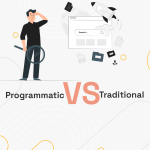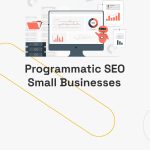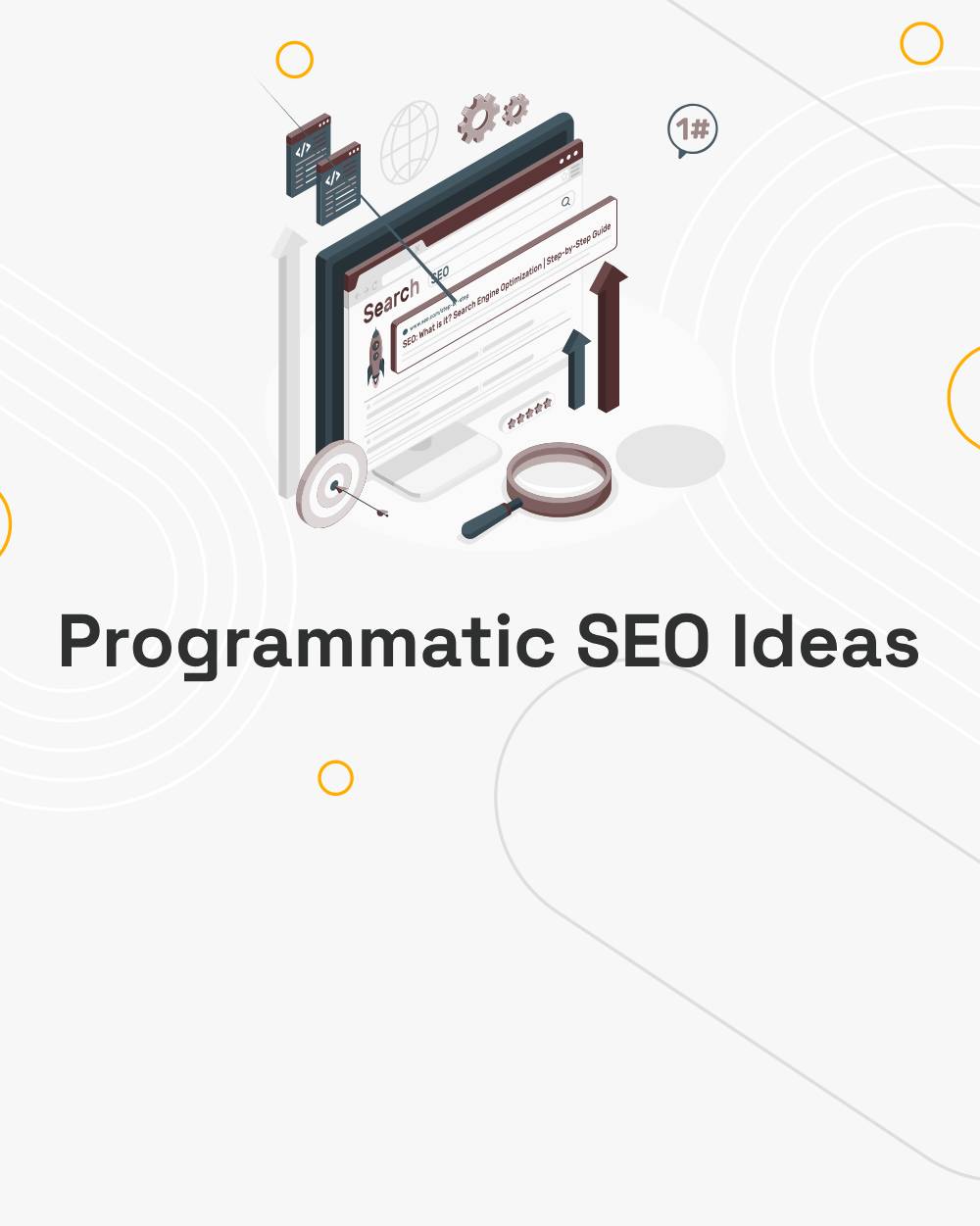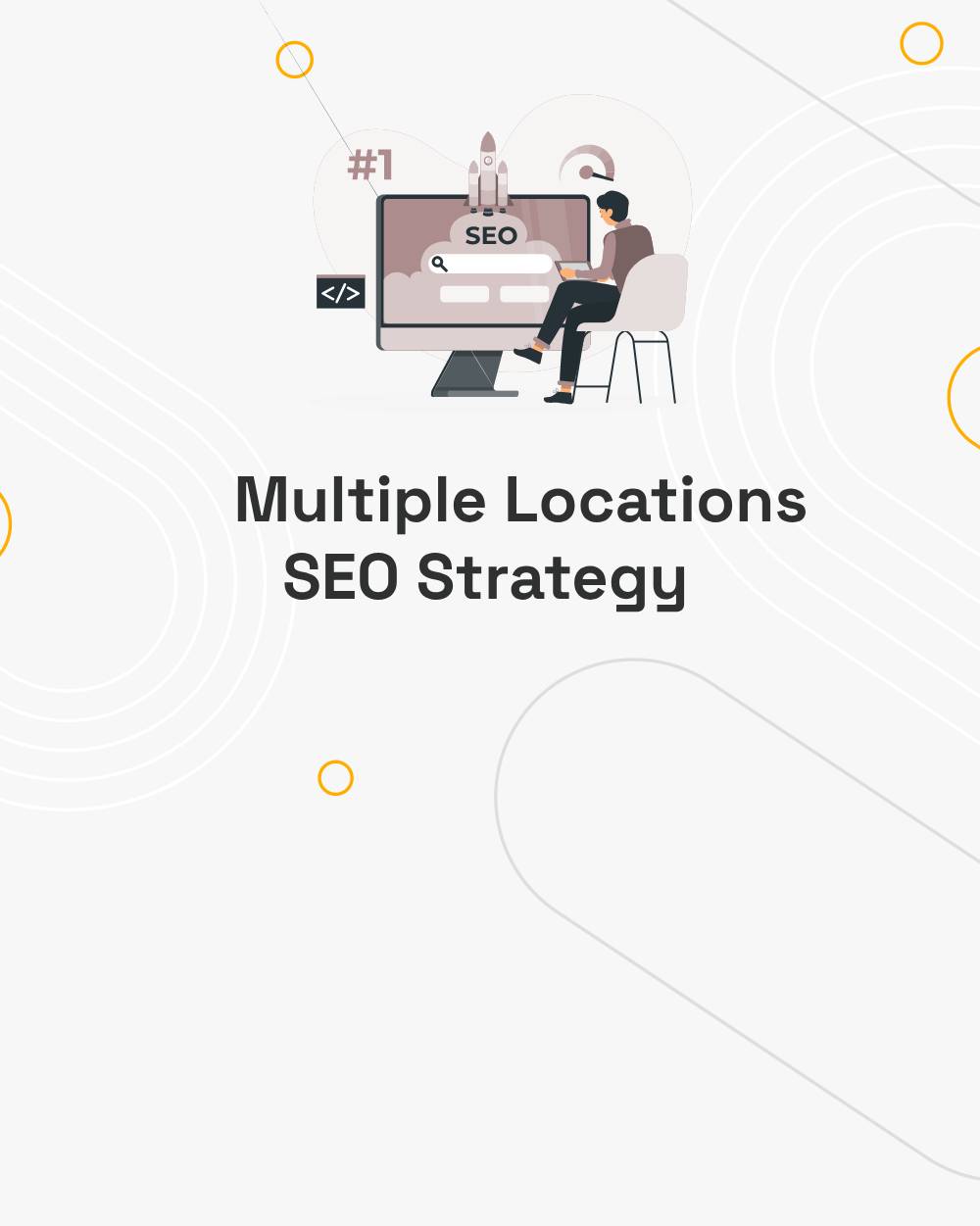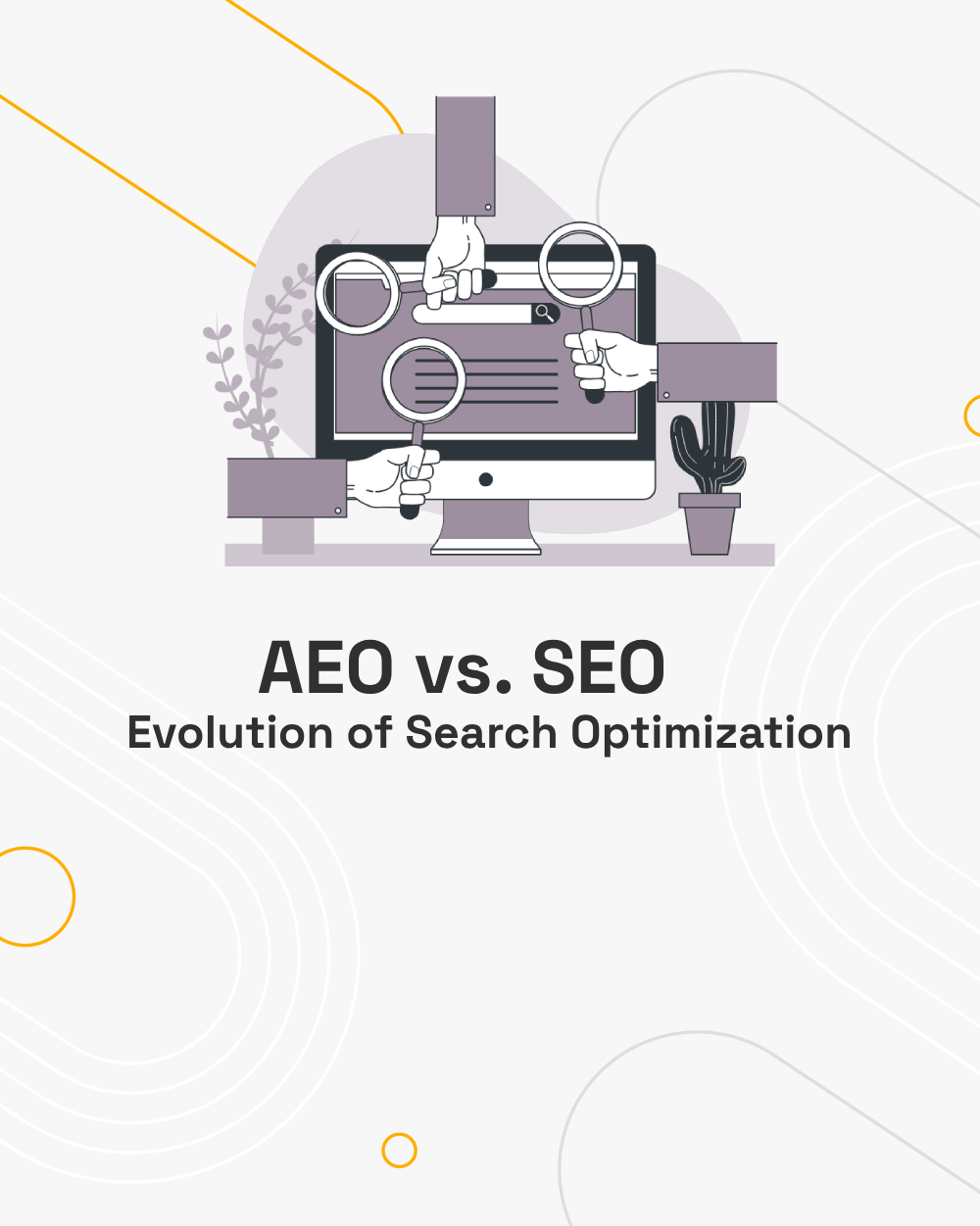What is Programmatic SEO, and How Does It Work?
- Kaisar Hamid
- 0 Comments
In today’s digital landscape, businesses are constantly searching for ways to scale their online presence and capture more organic traffic. Enter programmatic SEO – a powerful approach that combines automation with search engine optimization to create thousands of targeted pages at scale. This comprehensive guide will explore what programmatic SEO is, how it works, and how businesses can leverage it effectively.
Understanding Programmatic SEO
Programmatic SEO, also known as automated SEO or dynamic SEO, is the practice of automatically generating search-optimized web pages at scale using data-driven templates and automation tools. Instead of manually creating individual pages, programmatic SEO allows websites to produce hundreds or thousands of targeted pages that serve specific search intents.
The Core Components of Programmatic SEO
- Data Sources The foundation of any programmatic SEO strategy lies in its data sources. These can include:
- Product databases
- Location data
- User-generated content
- Public APIs
- Scraped data (when done ethically and legally)
- Existing website content
- Page Templates Templates serve as the framework for automatically generated pages. They include:
- HTML structure
- Dynamic content placeholders
- SEO elements (meta titles, descriptions, headers)
- Standard formatting and styling
- Automation Tools Various tools and technologies power programmatic SEO:
- Custom scripts and programs
- Content management systems (CMS)
- Static site generators
- API integrations
- Database management systems
How Programmatic SEO Works: A Deep Dive
Imagine you’re building a massive library, but instead of manually writing each book, you’re creating an intelligent system that can write thousands of books based on carefully crafted templates and high-quality data. That’s essentially what programmatic SEO does for websites. Let’s explore each stage of this fascinating process in detail:
1. Keyword Research and Analysis: Mining Digital Gold
Picture yourself as a digital prospector, searching for valuable patterns in the vast landscape of search queries. This process begins with identifying the golden threads that run through how people search online.
When you analyze search patterns, you’ll discover fascinating variations in how people look for information. For instance, in the culinary world, someone might search “how to cook salmon in oven” while another searches “how to cook chicken in oven.” These aren’t just random queries – they’re part of a clear pattern where [protein] is the variable element in a consistent search structure.
Consider a travel website as another example. You might notice people searching for “best time to visit Paris in July” and “best time to visit Tokyo in December.” Here, both the destination and month become variables in your pattern recognition. These patterns become the foundation of your programmatic SEO strategy.
Each pattern you identify opens up hundreds or sometimes thousands of valuable opportunities. Think of it like finding one gold vein that leads to an entire network of valuable deposits. For example, when you identify the pattern “how to grow [plant] in [climate],” you’ve discovered a template that could serve gardeners across countless plant varieties and climate zones.
2. Data Collection and Organization: Building Your Digital Library
Once you’ve identified these valuable patterns, you need to gather and organize the data that will bring them to life. This stage is like creating a vast, well-organized digital library where every piece of information has its proper place.
Imagine you’re running an e-commerce site selling musical instruments. Your data collection might involve:
First Layer: Basic Product Information
- Product names
- Categories
- Prices
- Specifications
- Brand details
Second Layer: Enhanced Details
- Material compositions
- Playing techniques
- Maintenance requirements
- Skill level recommendations
- Historical background
Third Layer: User-Generated Content
- Customer reviews
- Usage tips
- Common questions
- Performance videos
- Teaching resources
Each piece of data needs to be meticulously cleaned and organized. Think of it as sorting through thousands of books and ensuring each one is properly categorized, labeled, and placed on the right shelf. You’re not just dumping information into a database; you’re creating a sophisticated knowledge management system.
3. Template Development: Crafting Your Digital Storytelling Framework
Template development is where the magic of programmatic SEO really comes to life. Think of your template as an intelligent storytelling framework that knows how to present information in the most engaging and SEO-friendly way possible.
Your template needs to be both flexible and structured, like a master chef’s recipe that can be adapted for different ingredients while maintaining consistent quality. Here’s how a sophisticated template might work:
The Introduction Framework:
Copy
[Primary Topic] is a [category] that [key characteristic]. When it comes to [contextual element], understanding [specific aspect] becomes crucial for [user benefit].
For example, this could automatically generate: “The Gibson Les Paul is a solid-body electric guitar that revolutionized rock music. When it comes to professional recording, understanding its humbucker pickups becomes crucial for achieving that classic warm tone.”
Body Content Structure: Your template should include logic for:
- Dynamic section generation based on available data
- Conditional content blocks that appear only when relevant
- Variable content length based on topic depth
- Automatic internal linking to related topics
- Schema markup insertion for enhanced search visibility
4. Content Generation and Quality Control: Your Digital Publishing House
The final stage is where your system comes to life, automatically generating content while maintaining strict quality standards. Think of it as running a publishing house where each book must meet rigorous quality standards before reaching the public.
Quality Control Checkpoints:
- Readability Analysis
- Sentence structure variation
- Paragraph length optimization
- Transition word usage
- Reading level appropriateness
- SEO Health Checks
- Keyword placement and density
- Meta tag optimization
- Header hierarchy
- Internal linking balance
- Technical Validation
- HTML structure verification
- Mobile responsiveness
- Page load speed
- Schema markup accuracy
- Content Uniqueness
- Duplicate content detection
- Variation analysis
- Plagiarism checking
- Natural language flow
Real-World Example: Imagine you’re creating pages for a fitness website. Your system might generate thousands of workout pages following this structure:
- “[Exercise] workout for [goal]”
- “[Exercise] techniques for [body part]”
- “[Exercise] routine for [fitness level]”
Each page would automatically pull from your database to create unique, valuable content while maintaining consistent quality through your template structure.
Monitoring and Refinement: The system constantly monitors performance metrics:
- User engagement rates
- Search ranking changes
- Conversion patterns
- Bounce rates
- Time on page
Based on this data, it can automatically flag pages for review or update content to maintain freshness and relevance.
Benefits of Programmatic SEO
When implemented correctly, programmatic SEO offers numerous advantages:
Scale and Efficiency
- Ability to target thousands of long-tail keywords
- Reduced manual content creation time
- Consistent formatting and structure
- Quick adaptation to market changes
Improved Search Coverage
- Comprehensive targeting of search variations
- Better visibility for long-tail keywords
- Increased organic traffic potential
- Broader market reach
Cost-Effectiveness
- Lower per-page content creation costs
- Reduced ongoing maintenance needs
- Better resource allocation
- Higher ROI potential
Common Challenges and Solutions
1. Quality Control
Challenge: Maintaining content quality across thousands of pages Solution:
- Implement strict quality checks in templates
- Regular automated and manual audits
- Use of natural language processing tools
- Continuous template refinement
2. Search Engine Guidelines
Challenge: Ensuring compliance with search engine policies Solution:
- Focus on providing genuine value
- Avoid thin or duplicate content
- Regular monitoring of search engine guidelines
- Implementation of proper canonical tags
3. Technical Implementation
Challenge: Managing large-scale page generation and updates Solution:
- Use of robust hosting solutions
- Implementation of caching strategies
- Regular performance monitoring
- Proper XML sitemap management
Best Practices for Programmatic SEO
1. Focus on User Intent
- Create templates that address specific user needs
- Ensure generated content provides value
- Include relevant supporting information
- Maintain natural language patterns
2. Technical Optimization
- Implement proper URL structures
- Use appropriate internal linking
- Optimize page load speeds
- Ensure mobile responsiveness
3. Content Quality
- Include unique elements in each page
- Provide accurate, up-to-date information
- Maintain consistent brand voice
- Regular content freshness updates
4. Monitoring and Maintenance
- Track performance metrics
- Monitor search engine rankings
- Regular content audits
- Update templates as needed
The Future of Programmatic SEO
As search engines and user behaviors evolve, programmatic SEO continues to advance. Future trends include:
- Integration with AI and machine learning
- Enhanced natural language processing
- Better personalization capabilities
- Improved automation tools
- More sophisticated data analysis
Getting Started with Programmatic SEO
For businesses looking to implement programmatic SEO, consider these steps:
- Assess Opportunities
- Analyze your market and competition
- Identify scalable content opportunities
- Evaluate available data sources
- Determine resource requirements
- Build Infrastructure
- Select appropriate tools and platforms
- Develop data management processes
- Create initial templates
- Set up monitoring systems
- Test and Refine
- Start with a small-scale implementation
- Monitor performance metrics
- Gather user feedback
- Iterate and improve
Conclusion
Programmatic SEO represents a powerful approach to scaling organic search presence. When implemented thoughtfully, it can help businesses reach wider audiences while maintaining content quality and user value. Success requires a balance of technical expertise, quality control, and continuous optimization.
Remember that while automation drives the process, the focus should always remain on providing genuine value to users. By following best practices and maintaining high standards for content quality, programmatic SEO can become a valuable part of your digital marketing strategy.
Whether you’re a small business looking to expand your reach or an enterprise seeking to dominate your market, programmatic SEO offers a scalable solution for growing your organic search presence. The key lies in careful planning, proper implementation, and ongoing optimization to ensure long-term success.
